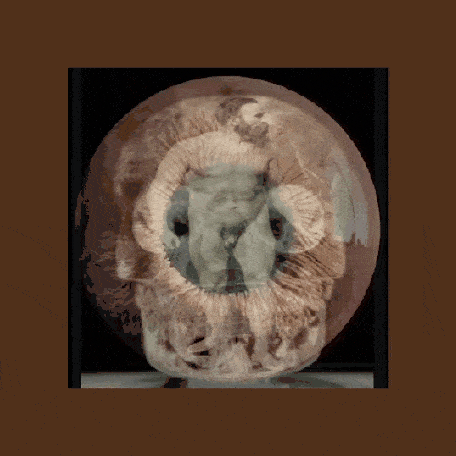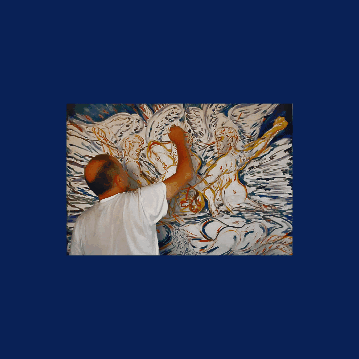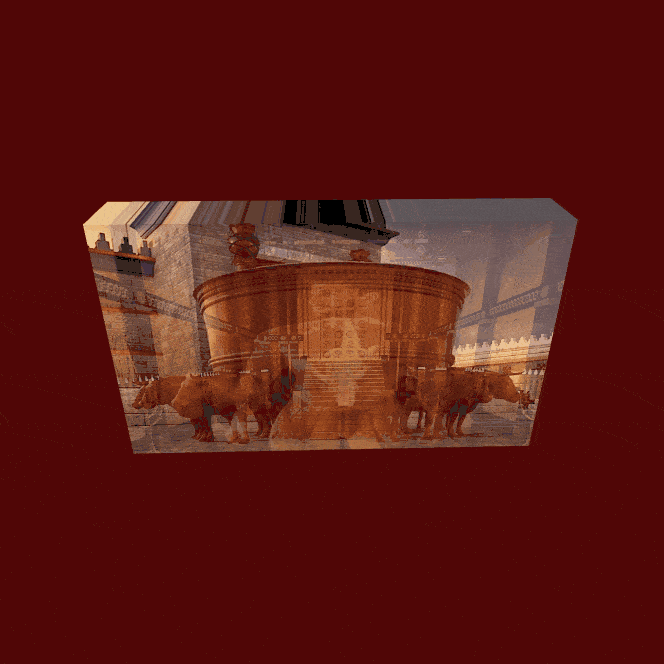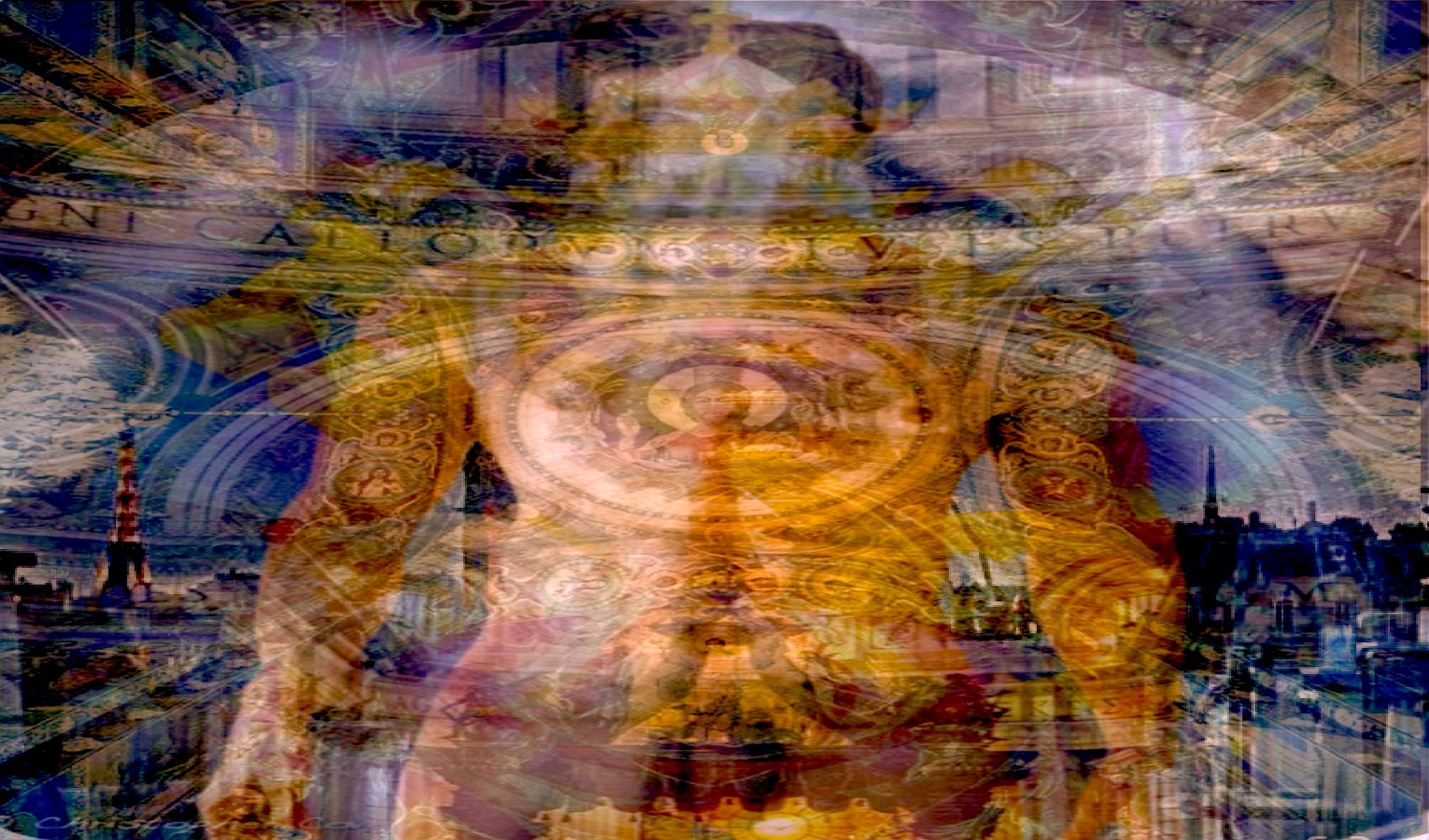The major social shift in Contemporary artwork
A significant shift has occurred in the art world since zero point 2012, with artists seeking to engage with multiple aspects of social change.

Contemporary art has always reflected the current state of the world, from painting to sculpture to digital media. However, a significant shift has occurred in the art world since zero point 2012, with artists seeking to engage with the multiple aspects of societal changes, politics, and technology. The post-zero point 2012 era sees artists exploring these influences with innovation, often emphasizing more interaction and immersion.

Notable artists in this evolving landscape include those who have embraced the potential of digital media as their primary mode of expression. Their creative outcomes blur the lines between traditional art forms and technological advancements.
One of the critical movements that emerged during this period was incorporating blockchain technology into art. This phenomenon is exemplified by integrating 3D motion graphics in creating Non-Fungible Tokens (NFTs) on the blockchain. This unique approach to decentralized digital art allows artists to create and share their work in a manner that subverts conventional notions of ownership and value.
The rise of NFTs and blockchain-based art demonstrates a growing understanding and appreciation of digital media within the contemporary art world. The importance of these new forms is underscored by the number of innovative artists exploring the digital realm, pushing the boundaries of what is possible with their creative techniques and styles.

One emerging Crypto Contemporary artist to watch is Claude Edwin Theriault of MBF-Lifstyle. It uses 3D motion graphics to build totemic talisman monoliths that speak a visual narrative of archetypes and how they have run with society for millennia. His work highlights the growing importance of digital art and its ability to garner the attention of the global art community that is saturated with the next big thing with a shelf life of 15 minutes.
Issii a now on the scene.
The significance of this shift in contemporary art cannot be understated. As we progress into a new metaverse, the AR and VR world increasingly entwined with digital technology, artists are becoming aware of the potential of harnessing these tools to reflect the changing world. This is reflected in the growing number of creative works that touch upon themes of cultural shifts, political upheaval, and socioeconomic events. As we approach 2030 and Agenda 21, people want something they can feel.
You feel like Pope Bono and the Boyz at the MGM Sphere and the 3D motion graphics RSS feed.
The convergence of art and technology allows these artists to engage with their audience deeper, drawing upon relevant experiences in today's ever-changing world. In doing so, artists can create pieces that not only reflect the state of the world but also inspire change and provoke thought in viewers.
In conclusion, not all contemporary artists have embraced the social shifts that have been taking place post-2012; most do the stereotypical identity and roots thing that mainstream prostrates, and gallery curators love since they are accustomed to pushing it to a dull and uninspired public.

With A. The boundaries between art and technology are becoming increasingly blurred as more artists experiment with digital techniques ,creating new forms of artistic expression that diverge from the traditional meth .Artificial intelligence can even design brand logos just as it writese RSS news feed stories.
The need for innovations in contemporary art, whether in sculpture, painting, installations, or digital art, makes it clear that artists are pushing the envelope to understand, interpret, and express the world's complexities today. As a result, they will effectively drive cultures and societies forward to reflect upon our existence and inspire social change, as artists are morally obligated to do.

FAQ:
What makes Claude Edwin Theriault's art unique in the contemporary art scene?
Claude Edwin Theriault stands out with his innovative use of Print on Demand (POD) wall art designs and NFT collections on the Ethereum Blockchain. His work, rooted in French Acadian Culture, blends digital and physical art to deliver a therapeutic and esoteric experience that resonates with modern, tech-savvy audiences.
How does Claude Edwin Theriault incorporate technology into his artwork?
Theriault seamlessly merges technology with art by using blockchain to create NFTs, presenting art that shifts conventional boundaries. His platform, focused on open-source sovereignty, offers a space for creating evolving NFT collections, demonstrating a forward-thinking embrace of digital media.
What is the significance of the themes explored in Claude Edwin Theriault's NFTs?
Theriault's NFTs delve into complex themes like social change and cultural shifts post-2012. His work, inspired by esoteric symbolism and modern lifestyle insights, engages audiences in meaningful reflections and drives cultural dialogues through visually captivating narratives.
How does Claude Edwin Theriault's art appeal to Canadian audiences?
Theriault's approach resonates deeply within Canada's art scene by integrating themes familiar to local audiences, such as French Acadian Culture. His innovative methods and digital artistry showcase the country's progressive art market, appealing to those with a taste for contemporary and cultural relevance.
What role does cultural heritage play in Claude Edwin Theriault's art?
Cultural heritage is a core element in Theriault's art, reflecting past and present influences. By infusing his French Acadian roots into modern digital practices, he fosters a unique dialogue between tradition and innovation, appealing to audiences seeking meaningful and resonant artistic expressions.
How can Claude Edwin Theriault's art be integrated into contemporary home design?
His art pieces, particularly the POD wall designs, offer a seamless blend of modern aesthetics and symbolism, allowing them to complement contemporary home interiors. Ideal for those with discerning tastes, these artworks serve as decor and conversation pieces that resonate on a deeper level.
Why is Claude Edwin Theriault considered a forward-thinking artist?
Theriault is known for pushing the boundaries of traditional art forms through his engagement with new digital techniques and platforms. His emphasis on NFTs and open-source sovereignty reflects a commitment to innovation, establishing him as a pioneering figure in the evolving landscape of contemporary art.
